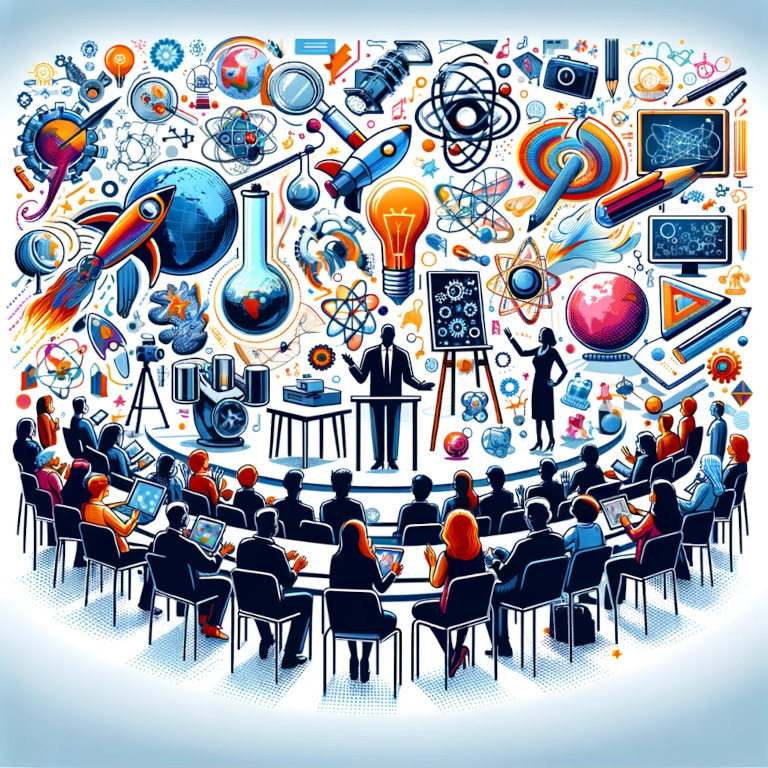In an era marked by rapid scientific advancements and complex global challenges, effective science communication has become more critical than ever. It serves as the bridge between the scientific community and the public, facilitating a better understanding of scientific concepts and their implications for society. As an expert in science and education, this article delves into the essence of science communication, its importance, and strategies to enhance its impact.
What is Science Communication?
Science communication involves disseminating scientific information to non-expert audiences in an accessible and engaging manner. It encompasses a range of activities including public lectures, science fairs, educational programs, and media presentations. The goal is to make science understandable and relevant, helping people make informed decisions about health, technology, and the environment.
The Importance of Science Communication
- Informing Public Decision-Making: In today’s information-rich society, citizens often need to make choices about issues like vaccination, climate change, and energy consumption. Effective science communication helps the public understand the facts, enabling them to make informed decisions.
- Inspiring Future Generations: By making science appealing and understandable, communicators can inspire young minds to pursue careers in STEM fields. This is vital for fostering the next generation of scientists and engineers who will continue to address the world’s challenges.
- Fostering Public Trust in Science: Transparent and effective communication helps build trust between the scientific community and the public. This trust is crucial for public acceptance of scientific research and its applications.
Strategies for Effective Science Communication
- Understand Your Audience: Tailor the communication strategy to the knowledge level and interests of your audience. Understanding what the audience knows and cares about can help in crafting messages that resonate.
- Simplify Complex Concepts: Use analogies, storytelling, and visuals to explain complex scientific ideas. Avoid jargon to ensure that the information is accessible to people without a scientific background.
- Engage, Don’t Just Inform: Encourage dialogue with the audience through Q&A sessions, interactive workshops, and social media. Engagement helps clarify doubts and fosters a deeper connection with the subject matter.
- Utilize Multiple Platforms: Reach a broader audience by using various platforms such as blogs, podcasts, social media, and traditional media. Each platform can be used to target different segments of the audience effectively.
- Measure Impact: Evaluate the effectiveness of communication efforts through surveys, feedback, and social media analytics. This data can help refine future strategies and improve the overall impact of science communication.
Leveraging Digital Tools in Science Communication
The digital age offers unique tools for enhancing science communication. Interactive websites, virtual reality experiences, and educational apps can provide immersive learning experiences that are both informative and engaging. Additionally, social media platforms allow for real-time interaction and can help spread scientific knowledge widely and quickly.
The future of science communication is vital for a well-informed society capable of making sound decisions based on scientific knowledge. By embracing clear, engaging, and accessible communication strategies, educators and scientists can significantly contribute to a more scientifically literate public.
This exploration into the world of science communication highlights its significance in contemporary society, offering a glimpse into the potential it holds for shaping a well-informed future.






